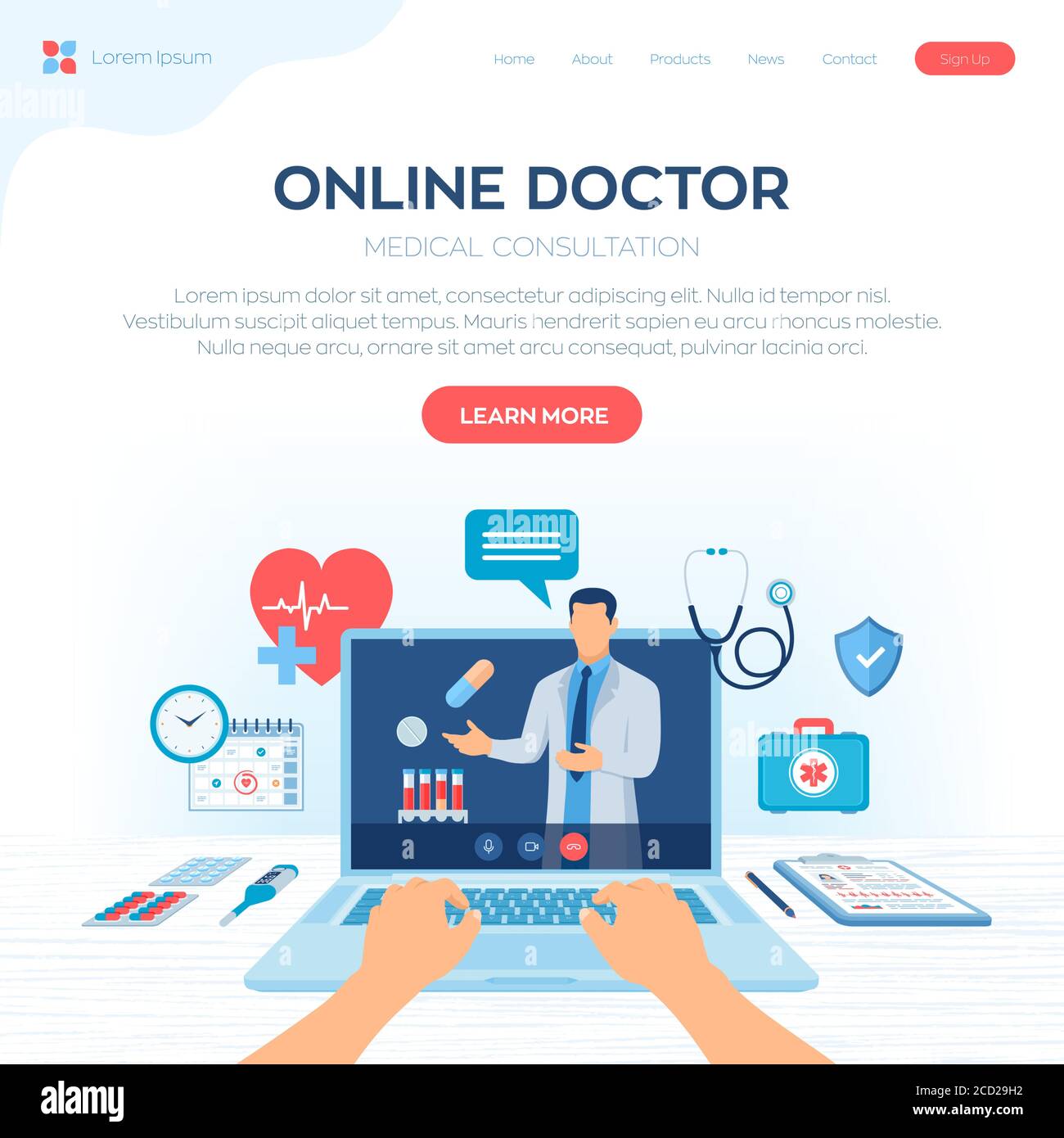Opening the Tricks of Subscription Based Healthcare for Better Patient Outcomes
Opening the Tricks of Subscription Based Healthcare for Better Patient Outcomes
Blog Article
Comprehending the Cost-Effectiveness of Subscription-Based Medical Care Versions
As the medical care landscape develops, subscription-based designs emerge as a compelling choice, guaranteeing to redefine exactly how individuals handle clinical costs. Examining these models' cost-effectiveness necessitates a nuanced contrast with traditional insurance coverage, taking into consideration both financial effects and individual complete satisfaction. While they use transparency and predictability in costs, concerns stay regarding their ability to fulfill varied medical care needs, particularly for specialized therapies. The point of views of healthcare service providers better complicate this equation, presenting a diverse obstacle. What does the future hold for these designs, and can they absolutely deliver on their assurance of accessible, inexpensive treatment?
Overview of Subscription-Based Designs
Subscription-based healthcare models, in some cases referred to as direct medical care or concierge medicine, are progressively gaining interest as a prospective remedy to ineffectiveness within standard health care systems. These models run on the concept of offering people straight accessibility to doctor through a yearly or month-to-month fee, bypassing the demand for typical insurance coverage devices. This setup intends to simplify patient-provider interactions by lowering management problems, which frequently hinder individualized and prompt treatment.
At the core of subscription-based models is the emphasis on an extra individualized patient experience. Individuals gain from enhanced accessibility to their physicians, commonly including same-day or next-day visits, prolonged consultation times, and direct interaction networks such as phone or video telephone calls. This model cultivates an aggressive approach to healthcare, where providers and patients can collaboratively focus on preventative care and chronic condition monitoring.

Expense Contrast With Traditional Insurance Coverage

One of the key economic advantages of registration models is openness in costs. Alternatively, standard insurance may be more useful for people requiring specialized treatment or costly therapies not covered under a subscription design, as they profit from the broader protection network and cost-sharing devices.
Nonetheless, cost-effectiveness is context-dependent. While subscription models might provide cost savings for those primarily needing health care, individuals with persistent problems or specialized medical care demands may discover standard insurance policy more thorough. Consequently, reviewing certain health care needs and prospective usage is crucial in identifying the most cost-efficient choice for people.
Impact on Individual Complete Satisfaction
Person complete satisfaction within subscription-based medical care versions often reflects a substantial improvement over typical insurance systems. This improvement is largely associated to the customized care and ease of access these designs supply. Patients frequently report higher contentment due to reduced delay times and the convenience of organizing appointments. Unlike typical systems, where people might experience delays in receiving treatment, subscription-based models ensure even more straight and timely communications with doctor.
In addition, the transparency in expenses related to subscription-based medical care eases the usual irritations connected to unanticipated fees and intricate invoicing procedures seen in traditional insurance coverage (subscription based healthcare). Individuals value knowing the precise monetary dedication upfront, bring about increased depend on and confidence in their health care monitoring
In addition, the focus on preventative treatment and health in subscription designs adds to boosted health and wellness outcomes, even more enhancing client fulfillment. By concentrating on ongoing health upkeep instead than episodic care, people experience an even more alternative and continuous medical care trip.
Additionally, the enhanced provider-patient partnership promoted in these models, defined by even more time spent per patient and personalized focus, plays a critical duty in elevating patient fulfillment levels, as people really feel genuinely taken care of and recognized.
Provider Point Of Views and Experiences
From the company's viewpoint, subscription-based medical care models use a transformative approach to providing clinical solutions. These versions emphasize a positive and preventative medical care strategy, allowing carriers to concentrate on extensive client care without the constraints of conventional fee-for-service plans (subscription based healthcare). This change in focus commonly leads to enhanced individual results and boosted supplier complete satisfaction, as health care experts can allocate even more time and resources to client engagement and customized care strategies
In addition, registration designs promote predictable revenue streams, which boost financial security for doctor. This predictability allows for enhanced resource planning and allotment, adding to an extra efficient healthcare delivery system. Service providers can invest in personnel technology, infrastructure, and training renovations, consequently boosting the high go to this site quality of care provided.
Nonetheless, the transition to subscription-based designs is not without challenges. Regardless of these obstacles, many service providers discover that the advantages of increased client communication and streamlined procedures surpass the preliminary challenges, making subscription-based designs an appealing choice.
Future Leads and Difficulties

A main obstacle is regulative compliance, as subscription designs have to stick to progressing healthcare plans and insurance requirements. This necessitates constant adaptation and innovation to ensure alignment with lawful criteria. Furthermore, integrating these models right into existing healthcare infrastructures can be intricate, needing significant financial investments in modern technology and training.
There is also the potential threat of developing inequities in healthcare access, as subscription versions may prefer those who can manage them, leaving susceptible populaces underserved. Resolving this calls for thoughtful factor to consider of pricing approaches and subsidy mechanisms to make sure inclusivity.
Final Thought
Subscription-based healthcare models offer a sensible option to standard insurance coverage by providing financial predictability and transparency, especially profiting people with persistent conditions or regular health care requirements. The cost-effectiveness of these designs is contingent upon individual healthcare usage patterns and situations. While they may improve individual satisfaction and simplify budgeting, obstacles remain in dealing with specialized care demands. Future factors to consider include stabilizing extensive coverage with this website affordability and integrating these versions within the broader medical care system for ideal outcomes.
Subscription-based healthcare models, often referred to as direct key care or attendant medicine, are increasingly getting attention as a possible solution to inadequacies within conventional medical care systems. Unlike conventional systems, where individuals may experience delays in getting treatment, subscription-based models ensure even more straight and timely interactions with health care companies.
These models emphasize a preventative and proactive health care technique, enabling providers to concentrate on extensive individual care without the restrictions of standard fee-for-service plans. As these versions proceed to get traction, they offer the possible to reinvent individual access to care, improve service distribution, and enhance health care costs.Subscription-based health care versions offer a practical alternative to traditional insurance by offering financial predictability and openness, specifically profiting individuals with persistent conditions or constant health care needs.
Report this page